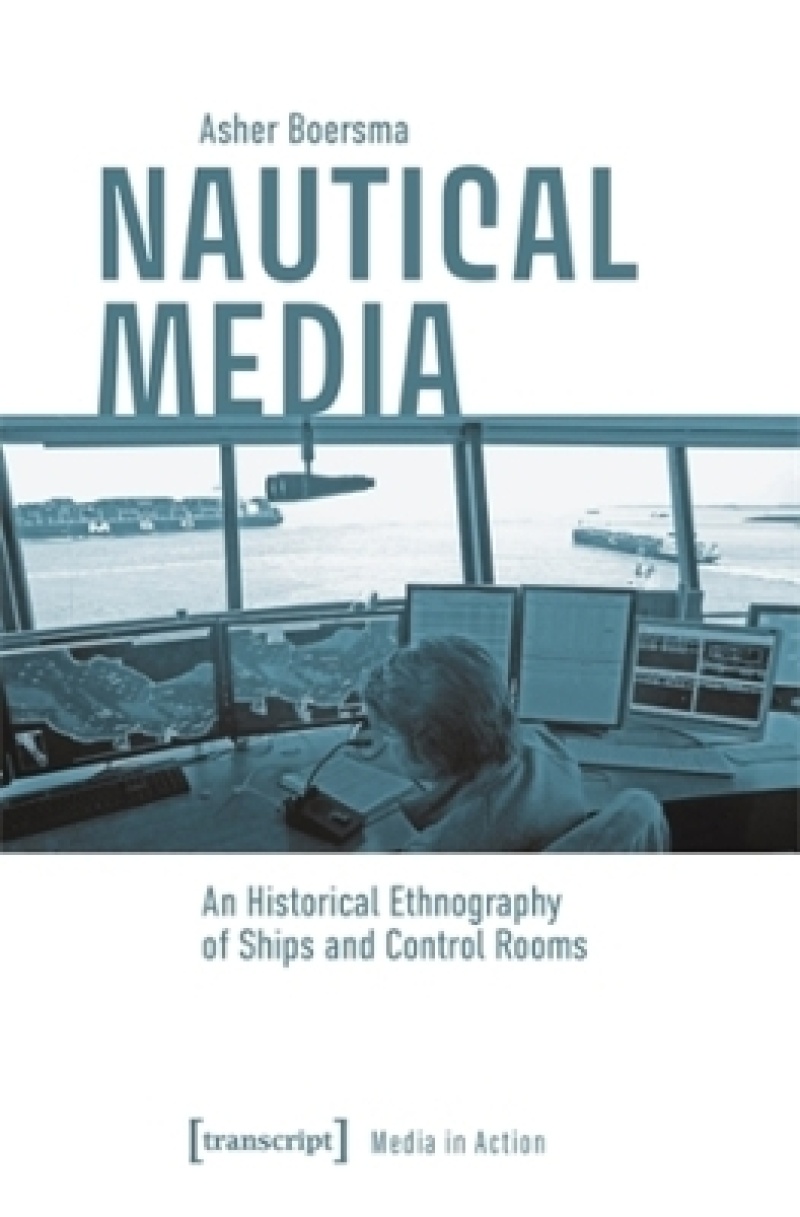Over the last 70 years, media have become increasingly central to nautical mobility. Asher Boersma describes how, in the 1960s and 1970s, the focus of the Western European infrastructuring state shifted from dramatic physical intervention to control rooms, which both benefited from and drove the mediatisation of navigation, especially radar. He shows that, in the 1980s, conflicts between operators and management were manifested and resolved in the design of early simulators, and traces how the digitalisation of bridges and wheelhouses decentralised control again, away from shore. The nucleus of change in transport infrastructure has been where it is scaled, in control rooms and on ships, and that scaling is primarily what nautical media allow.
Les mer
<p>At the heart of the change in nautical infrastructure, and therefore mobility, is the way it is scaled in control rooms and on ships through nautical media.</p>
ISBN
9783837673739
Publisert
2025-02-18
Utgiver
Transcript Verlag; Transcript Verlag
Høyde
23 mm
Bredde
15 mm
Aldersnivå
P, 06
Språk
Product language
Engelsk
Format
Product format
Heftet
Antall sider
272
Forfatter

